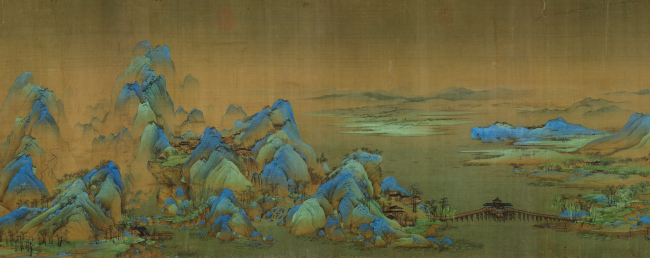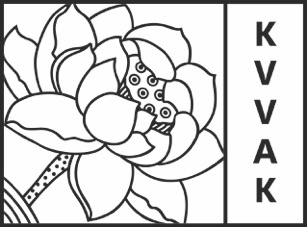
Lecture by Dr. Jeffrey Moser | Stone Oil, Strange Rocks, and the Origins of Chinese Geoaesthetics
KVVAK members are cordially invited to Dr. Jeffrey Moser’s lecture on the Chinese aesthetics of geology. The lecture will take place in the P.J. Veth Building of Universiteit Leiden , room 0.06, at 13:15 hrs.
Over the course of the long eleventh century, China witnessed the emergence of a new geological imaginary. Mountains-and-waters (shanshui) became the preeminent painting genre of the elite; sculptors, painters, and garden designers turned their attention to the “strange” (guai) shapes of eroded limestone; novel minerals were mined for inkstones; and ceramicists created glazes to emulate the visual qualities of jade and ice. Fueled by the rise of new social formations and intellectual passions, this imaginary was popularized by the expanded use of woodblock printing. It was also propelled by widespread deforestation, the exhaustion of copper mines, the colonization of China’s southern frontier, and the advent of the world’s first major fossil fuel regime. This talk explores the relative status of these broader forces in the historiography of Chinese art and considers their implications for the Anthropocene as an intellectual construct.
Jeffrey Moser is Associate Professor of the History of Art and Architecture at Brown University. A specialist in the arts of 8th to 14th-century China, his recent publications include Nominal Things: Bronzes in the Making of Medieval China (2023) and the co-edited volume Countless Sands: Buddhists and their Environments in Medieval Asia (2025).
This lecture is sponsored by The Hulsewé-Wazniewski Foundation.
The lecture is freely accessible, there is no need to register.
